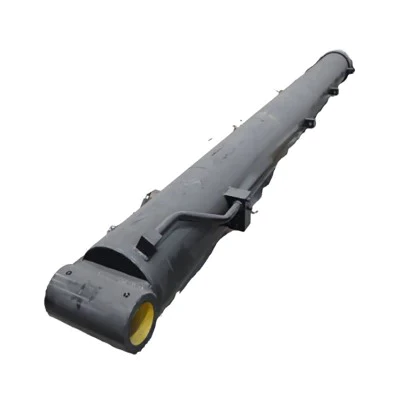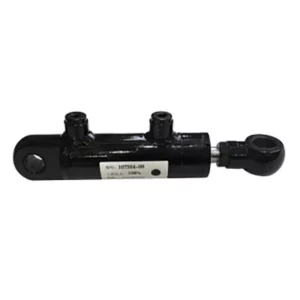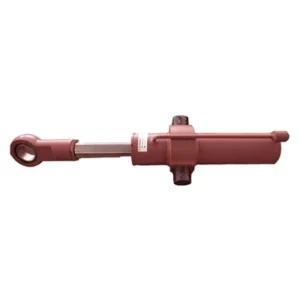Low Price Hydraulic Luffing Cylinder Replacement For Crane
All content on this page comes from the Internet, and it is only used as a reference for product selection. Our products are replacement parts rather than original spare parts; we are not the holder of the original trademark of the content. Our replacement parts can perfectly fit the original spare parts. If you need to purchase original spare parts, please contact the original supplier to purchase.
Low Price Hydraulic Luffing Cylinder Replacement For Crane
Hydraulic luffing cylinders are an essential component of machinery and equipment that requires controlled vertical movement, particularly in luffing, raising, and lowering a component or structure. They are primarily used to control the vertical movement of a component, such as a crane jib or boom. Hydraulic luffing cylinders enable the luffing motion, allowing the part to be raised or lowered to the desired angle or height.
Hydraulic luffing cylinders are widely used in various industries, including construction, material handling, and maritime operations. They allow for controlled vertical movement of components, facilitating efficient and safe procedures that require luffing or adjusting the angle or height of equipment.
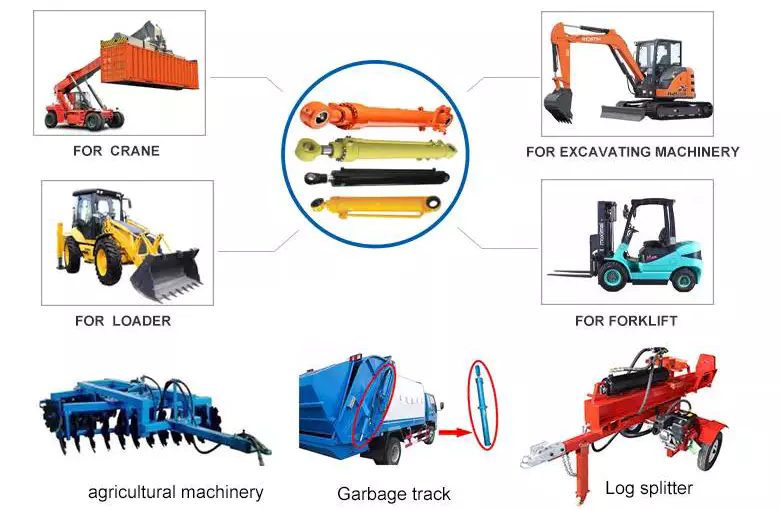
The History of Hydraulic Luffing Cylinders
Hydraulic luffing cylinders have been an essential component in machinery and equipment for many years. The first hydraulic cylinder was developed in the early 1900s by French engineer Georges Albert Gauthier. Since then, hydraulic cylinders have evolved significantly and have become an essential component in many industrial applications.
The Classification of Hydraulic Luffing Cylinders
Hydraulic luffing cylinders can be classified based on their design, such as single-acting cylinders, double-acting cylinders, telescopic cylinders, and tie-rod cylinders. Single-acting cylinders are used to exert force in one direction, while double-acting cylinders can exert force in both directions.
Telescopic cylinders are designed to provide a longer stroke length while maintaining a compact design. Tie-rod cylinders are known for their strength and durability, and they are commonly used in heavy-duty applications.
The Advantages of Using Hydraulic Luffing Cylinders
Hydraulic luffing cylinders offer several advantages, including precise and controlled movement, high load capacity, and ease of operation. They can handle varying loads, depending on the specific application and equipment, and are engineered to provide the necessary lifting force and stability.
Hydraulic luffing cylinders also play a crucial role in ensuring the security and stability of the equipment. By providing controlled lifting and lowering capabilities, they help maintain stability during luffing operations, reducing the risk of tipping or instability.
Usable Product Materials
Hydraulic luffing cylinders are typically made from high-strength materials such as steel or aluminum. The material used depends on the specific application and the required strength and durability of the cylinder.
How to Install, Maintain, and Repair Hydraulic Luffing Cylinders
Proper installation, maintenance, and repair of hydraulic luffing cylinders are crucial for ensuring their proper functioning and longevity. During installation, it is essential to ensure that the hydraulic luffing cylinder is properly aligned with the equipment or component it is connected to. Misalignment can cause unnecessary stress on the cylinder, leading to premature wear or performance issues.
Regular inspection and maintenance of hydraulic luffing cylinders are essential to ensure their proper functioning and longevity. This includes checking for leaks, inspecting seals and connections, and lubricating moving parts as needed. Routine maintenance helps identify and address any issues promptly, ensuring the reliable operation of the hydraulic luffing cylinder.
If the hydraulic luffing cylinder requires repair, it is best to consult with a qualified technician or repair service to ensure proper repair procedures are followed. In some cases, it may be more cost-effective to replace the cylinder rather than repair it.
How to Replace Hydraulic Luffing Cylinders
When replacing hydraulic luffing cylinders, it is essential to ensure that the replacement part is suitable for the specific application and equipment. Our replacement parts can perfectly fit the original spare parts. If you need to purchase original spare parts, please contact the original supplier to purchase.
Other Product Businesses
In addition to hydraulic luffing cylinders, we mainly supply various plastic gears for industrial use, such as agricultural gearboxes, power output shafts, sprockets, hydraulic couplings, worm gear reducers, gear racks, removable chains, pulleys and pulleys, planetary gearboxes, timing pulleys, bushings, etc.
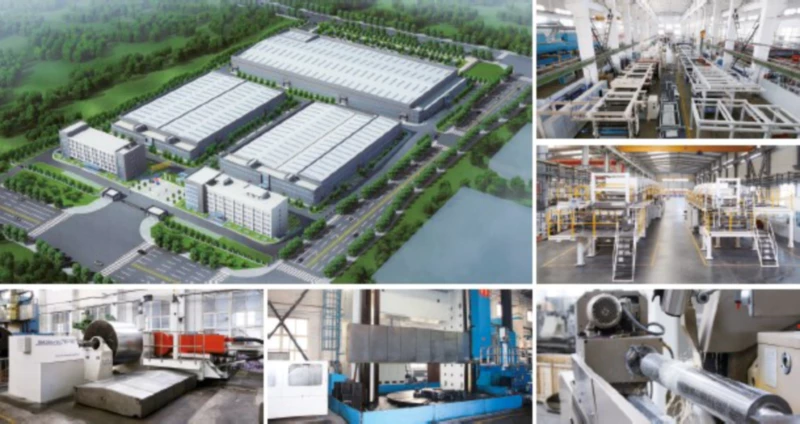
Questions and Answers
Q: What are hydraulic luffing cylinders?
A: Hydraulic luffing cylinders are used in machinery and equipment requiring controlled vertical movement, particularly in applications involving luffing, raising, and lowering a component or structure.
Q: What are some common maintenance tasks for hydraulic luffing cylinders?
A: Common maintenance tasks for hydraulic luffing cylinders include visual inspection, seal inspection and replacement, lubrication, pressure testing, cleaning, alignment check, system fluid replacement, and record-keeping.
Q: What are the advantages of using hydraulic luffing cylinders?
A: The advantages of using hydraulic luffing cylinders include precise and controlled movement, high load capacity, and ease of operation. They can handle varying loads and are engineered to provide the necessary lifting force and stability.
Q: How are hydraulic luffing cylinders classified?
A: Hydraulic luffing cylinders can be classified based on their design, such as single-acting cylinders, double-acting cylinders, telescopic cylinders, and tie-rod cylinders.
Q: How should hydraulic luffing cylinders be installed?
A: During installation, it is essential to ensure that the hydraulic luffing cylinder is properly aligned with the equipment or component it is connected to. Misalignment can cause unnecessary stress on the cylinder, leading to premature wear or performance issues.
About us

We guarantee top-quality products at the best prices in China! Special orders are welcome, and if you’re interested in any of our products, feel free to reach out for more detailed information. We ensure our products are safe, high-quality, and reasonably priced. Please contact us as soon as possible if you’d like to learn more. We’re eager to cooperate with you!
A large portion of our products is exported to Europe and the Americas, with both standard and custom options available. We can manufacture according to your drawings or samples, using standard materials or as per your specific requirements. Choosing us means choosing reliability.

Materials Available
1. Stainless Steel: SS201, SS303, SS304, SS316, SS416, SS420
2. Steel:C45(K1045), C46(K1046),C20
3. Brass:C36000 ( C26800), C37700 ( HPb59), C38500( HPb58), C27200(CuZn37), C28000(CuZn40)
4. Bronze: C51000, C52100, C54400, etc
5. Iron: 1213, 12L14,1215
6. Aluminum: Al6061, Al6063
7.OEM according to your request

Surface Treatment
Annealing, natural canonization, heat treatment, polishing, nickel plating, chrome plating, zinc plating,yellow passivization, gold passivization, satin, Black surface painted etc.
Processing Method
CNC machining, punch,turning, milling, drilling, grinding, broaching, welding and assembly

QC & Certificate
Technicians self-check in production,final-check before package by professional Quality inspector
ISO9001:2008 , ISO14001:2001,ISO/TS 16949:2009
Package & Lead Time
Size: Drawings
Wooden Case/Container and pallet, or as per customized specifications.
15-25days samples. 30-45days offcial order
Port: Shanghai/Ningbo port

Industries We Service


